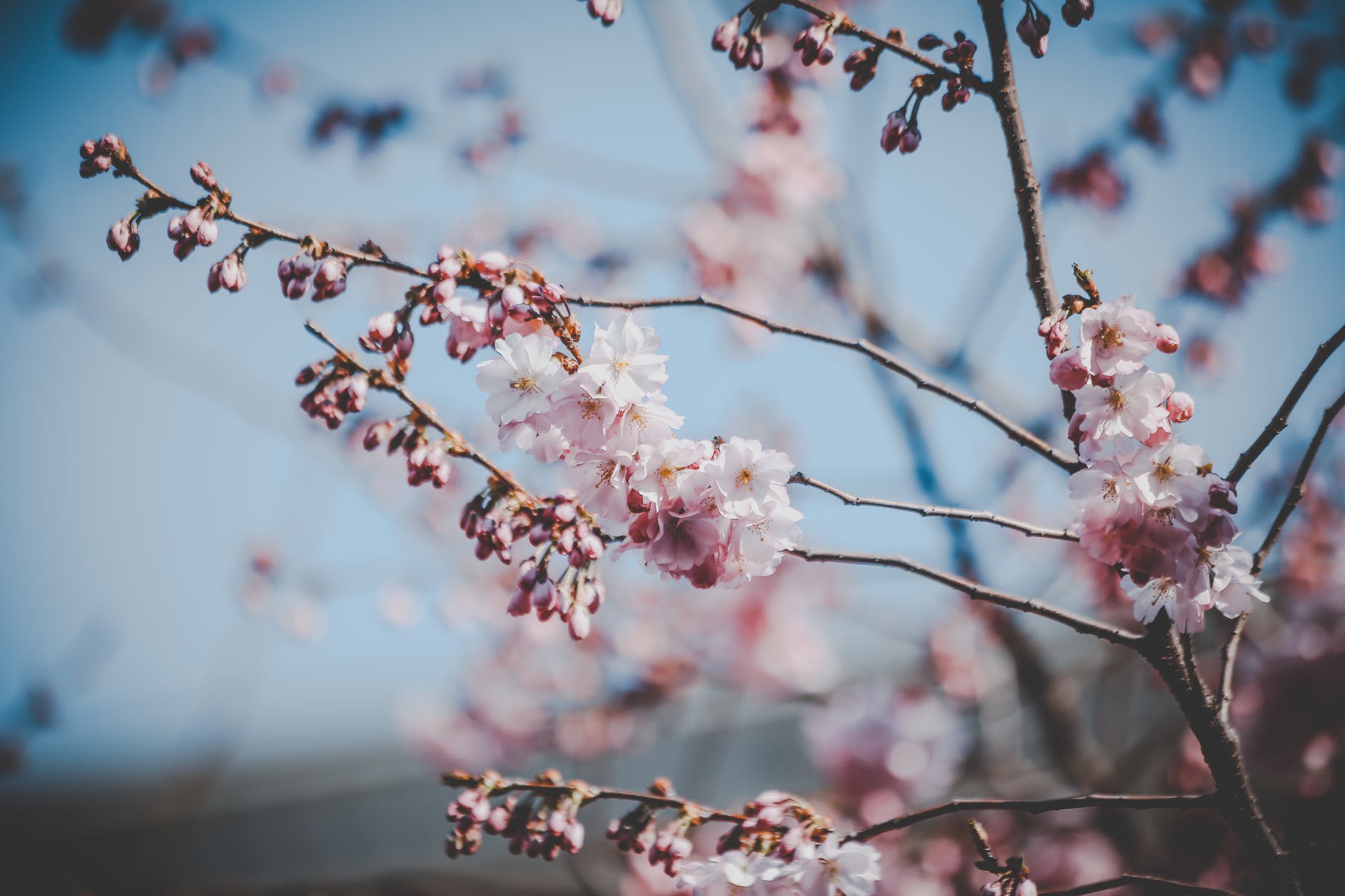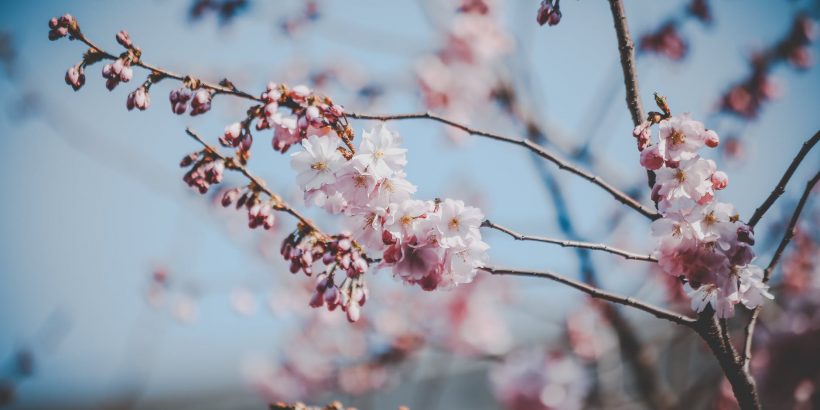
Your garden is a beautiful sight to behold in the summer. With flowers, trees, green grass, and other greenery, it’s an oasis of life that you can enjoy all year round. However, as the leaves begin to fall from the trees and winter approaches with its frosty air and shorter days, your garden will change too – so it’s important to prepare for this time of year.
#1 Add compost to your soil
The first thing to do is to add some compost to your soil, which will make it easier for the plants and flowers in your garden. You can buy this from a gardening store or even make your own at home if you have the space – all you need are fruit and vegetable waste collected over time, along with grass clippings that are free of any chemicals or pesticides.
Once collected into an area, break up the larger pieces, so they’re small enough for worms to eat easily – most worm farms require just crumbs of food, not whole chunks! Then mix everything together before using it as regular plant fertilizer on either flower beds or directly onto flowers themselves. This makes sure there’s no danger of burning roots by adding too much chemical-heavy fertilizer later on when it’s time to plant again.
#2 Remove any weeds
Weeds are the first thing to grow in any bare patches of soil, so it’s important that you remove these before they have a chance. This is particularly true if your garden has just gone through some major changes – for example, after planting new trees or shrubs that will take up most of the space below ground where weeds like dandelions thrive.
You can do this by hand-pulling them out with their roots intact (if possible) and putting them straight into your compost bin. Alternatively, use an herbicide sprayer on larger areas, so you don’t miss anything – but make sure nearby flowers aren’t affected by drift! If you want to use any equipment, be sure to get parts to fix high end outdoor power equipment rather than hiring someone who will cost unnecessary money.
#3 Plant bulbs you want for spring
Before the ground freezes over completely, it’s a good idea to plant some spring-flowering bulbs like daffodils. These are available in garden centers or even supermarkets and can be planted at any time through autumn until February – remember that these plants need cold weather, so try not to put them outside too early!
If you want tulips, hyacinths, or crocuses, then wait until after December, when the first shoots begin poking up out of the soil on their own. Then, if there is still frost around, leave them somewhere warm but draughty for an hour every day until they sprout properly before planting them into your flower beds, with just half of each bulb showing above soil level.
#4 Prune trees and bushes
Many trees and flowers go completely dormant in the winter so that they won’t need pruning. However, there are still some jobs you can do to get your garden ready for spring-like cutting back any branches that have died or which might break with the weight of snow later on.
